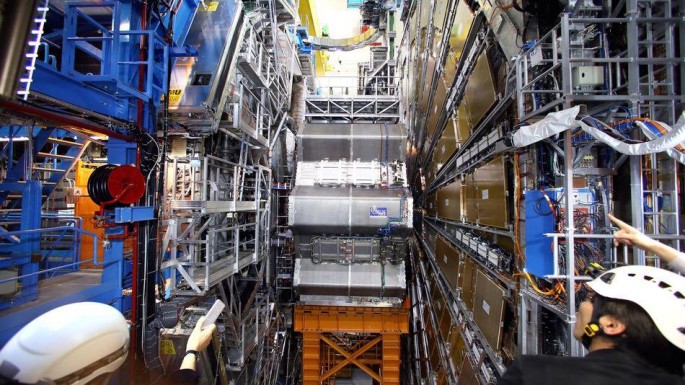More than a year after the landmark discovery of the Higgs boson, scientists working on the large Hadron Collider (LHC) might be on the throes of another major breakthrough as they announce the possible discovery of a brand-new particle.
Scientists from the European Organization for Nuclear Research (CERN) working at the LHC expressed their excitement over the new data gathered from the collider's two main detectors, ATLAS and CMS, which showed significant amounts of gamma rays produced during a particular collision experiment. These gamma rays could potentially be the products of the decay of the possible new particle.
The team noted that similar spikes in the data gathered by the detectors helped in the confirmation of the discovery of the Higgs boson. However, unlike that of the Higgs, where the corresponding spike in the production of gamma rays was predicted by researchers' per-collision models, in this case, it was not. This has fueled the team's excitement, the Independent reported.
If the result is indeed coming from a new particle, researchers said that it could potentially be at least six times as massive as the Higgs. As to what the particle exactly is, the team has several different theories.
According to University of Toronto professor Peter Krieger, spokesperson for the team working at LHC's ATLAS detector, the data could be proof of the very massive particles predicted by the theory known as supersymmetry. However, he noted that supersymmetry does not predict a particle in the energy range.
The data could also potentially hint on the existence of gravitons. Gravitons are hypothesized particles that are speculated to carry the force of gravity.
However, the team said that the spike could also be a fluke. "Statistically, you will always find a bump somewhere," Krieger said.
The team added that they will need some more time to gather enough data from the LHC to satisfactorily confirm if it is indeed a new particle. They also said that they might be able to announce this by next year, Scientific Americana reported.



























